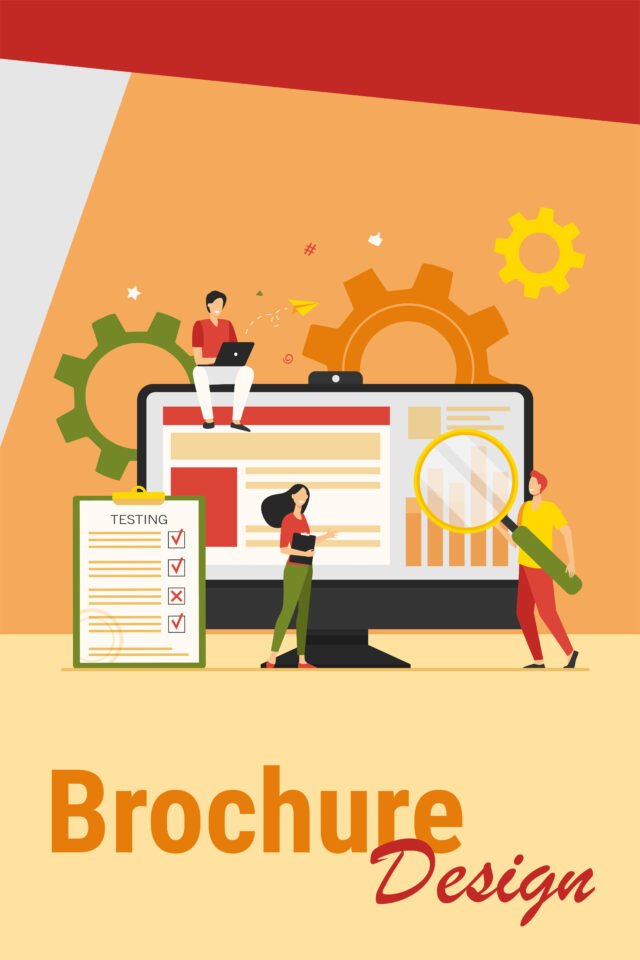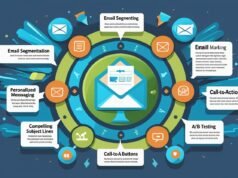
Marketers constantly look for that perfect balance between creativity and data-driven strategy. So, what really makes the difference when it comes to engaging your audience and driving those sought-after conversion rates? Let’s explore expert approaches and fresh perspectives to unlock the potential of every marketing campaign.
The Building Blocks of Audience Engagement
Audience engagement goes far beyond flashy designs and clever taglines. Connection happens when you understand not just what your audience sees, but also what they truly need. Here’s what lays the groundwork for meaningful engagement:
- Know Your Audience: Dive deep into who they are, what challenges they face, and how your solution fits into their world.
- Personalize Communications: Tailor messages to individual preferences, using clear language and relatable scenarios.
- Create Value with Every Touchpoint: Each interaction should educate, inspire, or solve a problem for your audience.
Short Attention Spans: Why First Impressions Matter
With endless content competing for attention, the first few seconds are critical. Your value proposition should be front and center—a clear reason for visitors to stay. Try to answer these questions immediately:
- What’s in it for them?
- How will your product or service improve their day?
- Why should they trust your message?
Optimizing Visitor Experiences: Everything Starts with Clarity
A positive user experience paves the way for conversion. Keep navigation intuitive, minimize distractions, and focus on the essentials:
- Simple menu and call-to-action (CTA) buttons
- Mobile-friendly design for seamless access
- Fast load times to prevent drop-offs
The Human Touch: Storytelling and Emotional Connection
Facts and figures are important, but real connection often happens through storytelling. When visitors relate to your journey or see themselves in client success stories, trust grows. Incorporate:
- Short case studies or testimonials
- Behind-the-scenes looks at your team or process
- Authentic language over jargon
Harnessing the Power of Ad Testing
Innovation thrives on experimentation. Ad testing is a powerful technique, allowing marketers to trial different messages, images, and calls to action to find what resonates best. By thoughtfully planning tests and analyzing responses, marketing efforts become more precise and audiences feel truly understood. Just remember—it’s not about overwhelming users with options but honing in on what speaks to their needs.
Maximizing Conversion Rates: Practical Tactics
Boosting conversions is all about subtle improvements that add up. Here are industry-proven tactics:
- Strong, Relevant CTAs: Every page should lead visitors to the next logical step, whether it’s signing up, downloading a guide, or initiating contact.
- Social Proof: Showcasing user reviews or real-time statistics builds confidence.
- Minimize Form Fields: Ask only for essential information to lower entry barriers.
- Offer Value Upfront: Free trials or exclusive resources can nudge indecisive users along.
Measuring Success: Analytics and Feedback Loops
Monitoring results is essential for continuous growth. Leverage built-in analytics, set clear goals, and remain open to feedback:
- Track important metrics—like click-through rates, time spent on page, and conversion percentages
- Use feedback forms or simple on-site surveys to hear directly from your audience
- Adapt strategies based on insights, always searching for fresh ways to delight and inform
Final Thoughts
Engagement and conversions are never the result of a single strategy. Lasting success comes from blending insight with creativity, testing ideas, and relentlessly focusing on your audience’s needs. When every interaction provides genuine value, your audience feels seen—and your conversion rates naturally climb higher.
FAQs
Q1: What is the most effective way to engage a new audience?
Start by listening—invest time in learning about your target group’s pain points and aspirations. Craft messages that address their immediate needs, and build trust with transparent, authentic content.
Q2: How often should we run marketing experiments?
Regular testing ensures you stay responsive to changing trends. Schedule experiments periodically, but make sure every test is focused and based on clear hypotheses.
Q4: Does personalization really make a difference in conversion rates?
Absolutely. Tailored content and offers show your audience you understand and value them, leading to higher engagement and loyalty.
Q5: What role does ad testing play in long-term success?
Consistent ad testing helps fine-tune messages and strategies, ensuring your campaigns remain relevant and effective as audience preferences shift.







[…] Discover the Key to Engaging Your Audience and Maximizing Conversion Rates […]